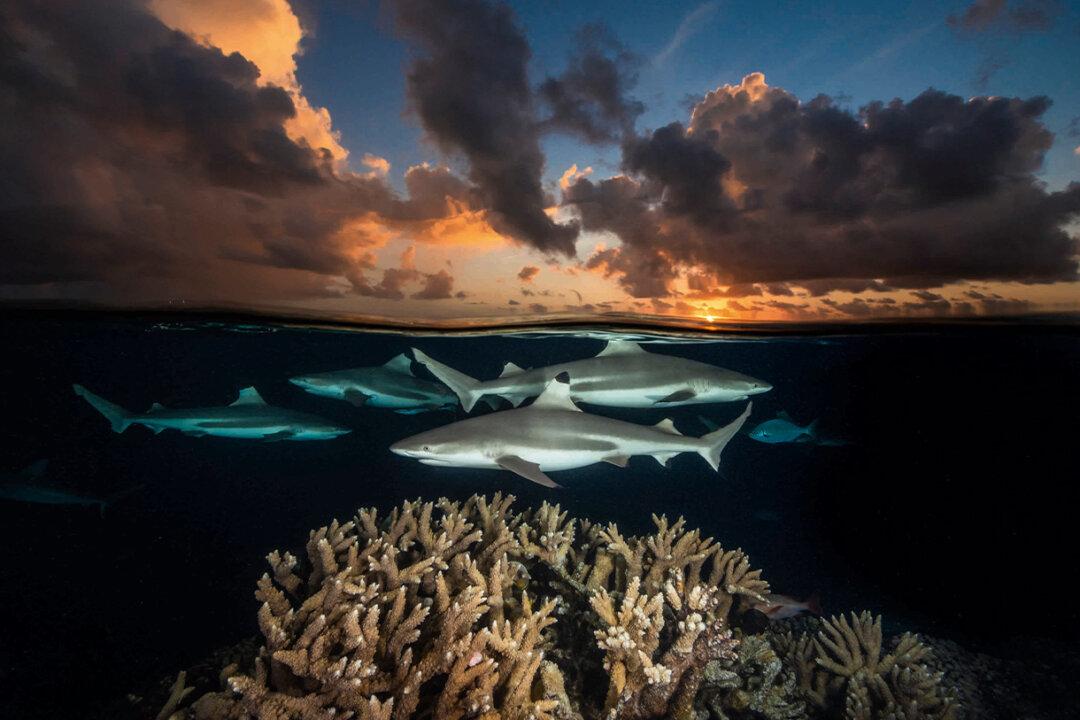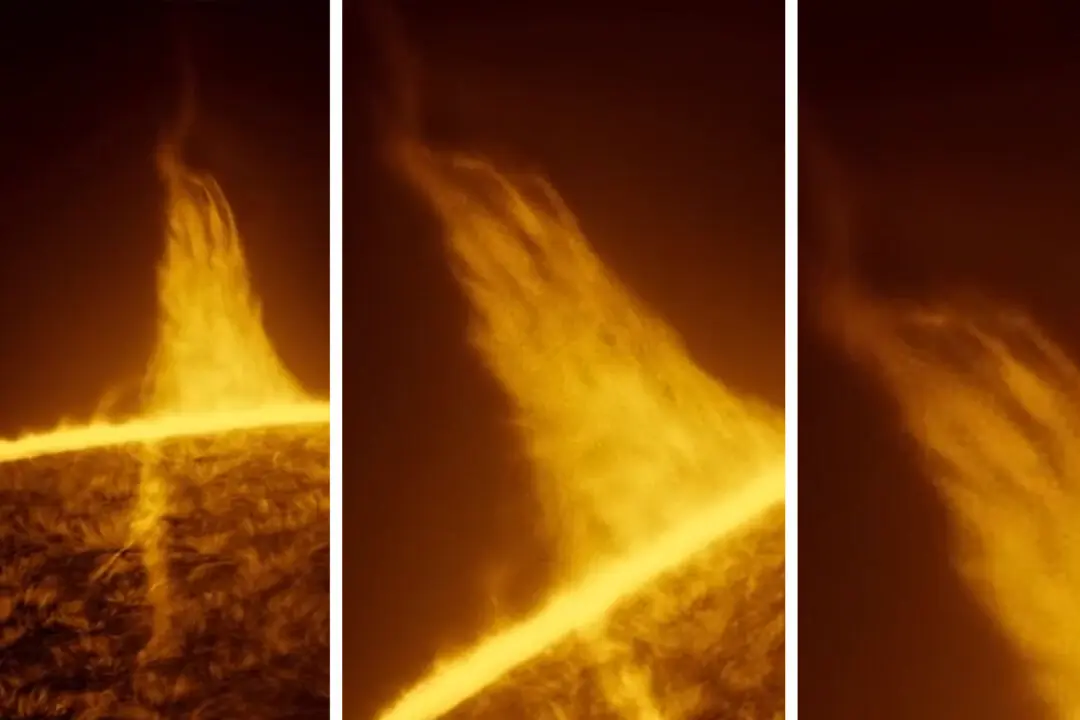National Geographic photographer David Doubilet’s journey of creating his signature “above and below the sea” shots began three decades ago in Grand Cayman. It was there that two worlds converged on either side of a razor-thin molecular border between sky and sea. Above were the “impossibly blue skies and billowing clouds;” below, the surreal, “sun-dappled sand” and soaring stingrays—all converged at that moment to create a serendipitous work of art.
Doubilet, from the Thousand Islands, New York, had found his milieu, his voice, and the story he wanted to tell about the world underwater—and above.






